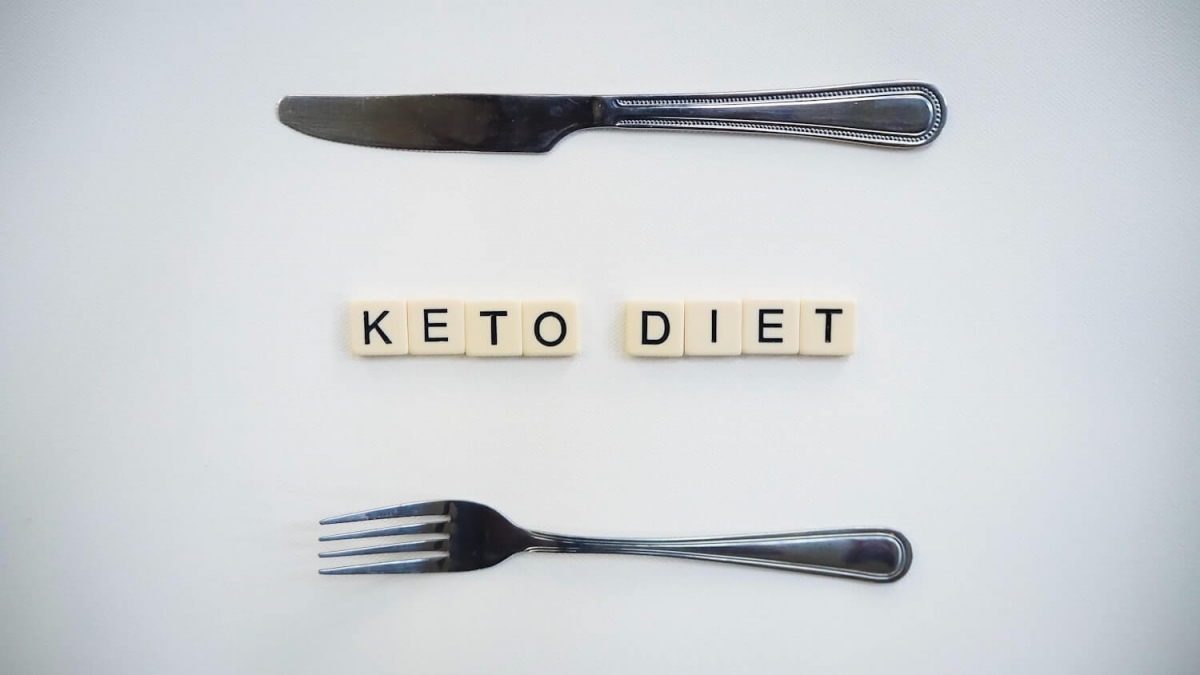What is Keto diet?
October 21
The keto diet focuses on weight loss through fat burning. The goal is to lose weight quickly, feel fuller, and have fewer cravings while boosting your mood, mental focus, and energy.
According to proponents of the keto diet, you'll safely enter a state of ketosis if you eat fewer carbohydrates and load up on fats instead. This is when your body converts both dietary fat and stored body fat into what are called ketones. Your fat burning system now relies primarily on fat - instead of sugar - for energy. While the keto diet is similar in some ways to well-known low-carb diets, the extreme restriction of carbohydrates - about 20 net carbs per day or less, depending on the version - and the deliberate transition into ketosis set this increasingly popular diet apart from others. Other diet plans also draw on keto elements. So you'll find versions like dirty keto, modified keto, and various commercial diets that incorporate keto-friendly products.
The keto diet has its roots in the decades-old therapeutic ketogenic diet. Clinically, the ketogenic diet is used to reduce difficult-to-control seizures in children. Studies also suggest possible benefits in other brain diseases such as Parkinson's and Alzheimer's.
More recently, the diet was introduced as a weight loss diet by an Italian professor of surgery, Dr. Gianfranco Cappello of the Sapienza College in Rome. In his 2012 study, about 19,000 diabetics were given a high-fat liquid diet through a feeding tube inserted through the nose. The study found an average weight loss of more than 20 pounds among participants, most of whom maintained the weight for at least a year. The researchers reported some minor side effects, such as fatigue.
The medical community is taking note of the great public interest in keto. A 2018 article in JAMA summarizes several promising areas:
Many people feel less hungry on the high-fat keto diet, allowing them to naturally reduce their overall caloric intake.
Aside from weight loss, there was also good news for diabetes management: in an early, ongoing study, insulin sensitivity and blood sugar control improved in people who followed a ketogenic diet.
However, an editorial that appeared online July 15, 2019, in JAMA Internal Medicine concluded that "enthusiasm is greater than evidence" when it comes to the keto diet for obesity and diabetes.
Today, several versions of the keto diet are described in books, blogs, and Facebook posts. The common denominator is high-fat food choices combined with very low daily carbohydrate intake. Guidebooks include "The Complete Ketogenic Diet for Beginners" by Amy Ramos and "The Keto Diet: The Complete Guide to a High-Fat Diet" by Leanne Vogel.
Low-Carb Diet
These diets contain fewer carbohydrates than recommended in government guidelines and are known to lead to rapid weight loss.
How does the keto diet work?
You can stay on the keto diet indefinitely, do it as a weight loss plan over a single short period of time, or cycle it on and off. High fat foods are key, protein is moderate, and carbs are the bad guys.
Vogel gives you some tips for getting started on the keto diet:
The first step is to learn about carbs and familiarize yourself with good fats.
Experiment with low-carb vegetables in the natural produce section of the supermarket, look for sources of grass-fed meats, and learn about hidden sources of sugar, like the coleslaw at your local restaurant.
Do not assume sugar cravings will go away immediately. Instead, stock up on keto-friendly desserts like dark chocolate with nut butter.
During the first week of carb withdrawal, you may experience symptoms like muscle aches, headaches, fatigue, and mental confusion-and yes, hunger, too. For initial cravings, try munching on a high-fat snack like a bacon strip or a cucumber with avocado mayo.
As the diet moves into the second and third weeks, you will begin to feel better. Soon, the low-carb, high-fat diet will become a habit for you, making it seem more natural. By the fourth week, you can expect to lose weight, especially if you have been physically active and have followed the plan closely.
Choosing the right foods will be easier once you get used to the keto approach. Instead of lean meat, prefer poultry with skin, fattier cuts like chicken thighs, rib eye steaks, grass-fed ground beef, fattier fish like salmon, beef brisket or pork shoulder, and bacon. Leafy greens like spinach, kale and lettuce, as well as broccoli, cauliflower and cucumbers are healthy vegetable choices. However, avoid starchy root vegetables such as carrots, potatoes, beets and parsnips. You can also use lesser-known vegetables such as kohlrabi or daikon.
Oils such as avocado, olive, canola, flaxseed, and palm oil, as well as mayonnaise, add flavor while adding fat to the salad. Clarified butter or ghee is a fat that you can use for cooking or as a spread.
